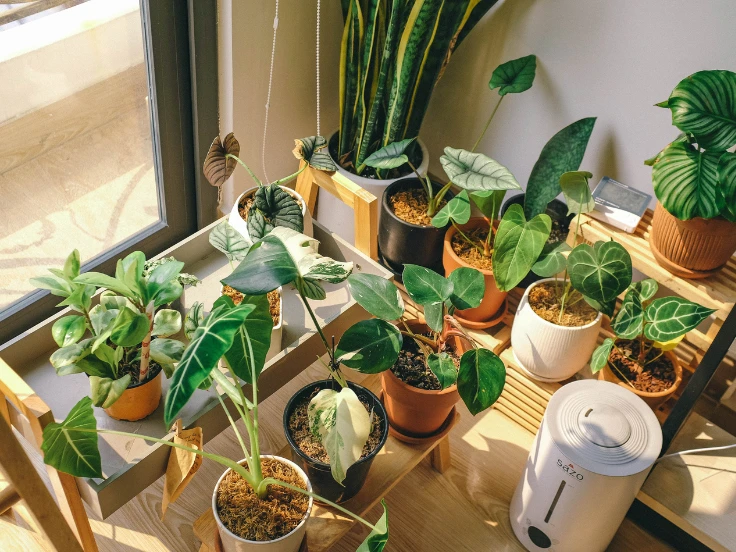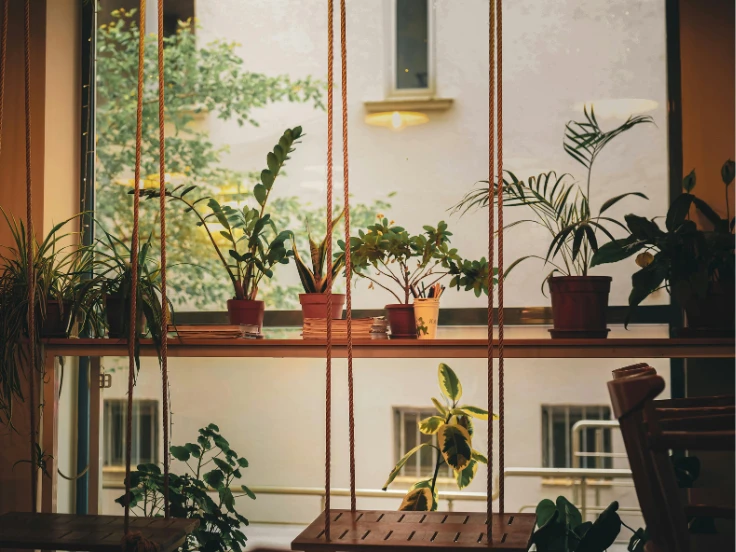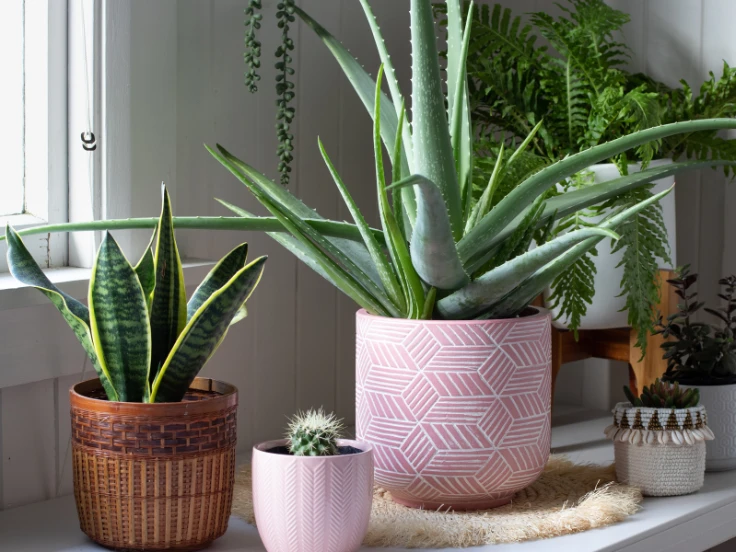Indoor small house plants are increasingly popular among urban dwellers and nature enthusiasts. These tiny green companions not only enhance the aesthetic appeal of your living space but also provide mental health benefits by reducing stress and improving air quality. Unlike larger houseplants, small plants are perfect for apartments, offices, or areas with limited sunlight. They require minimal maintenance and can be placed on shelves, desks, or window sills, making them highly versatile.
One of the main advantages of indoor small house plants is their ability to thrive in confined spaces while offering environmental benefits. For instance, plants like spider plants, pothos, and succulents can purify the air by absorbing toxins and releasing oxygen. Additionally, caring for small plants can be therapeutic, offering a sense of responsibility and routine. As more people embrace greenery indoors, these plants are becoming a staple in modern interior design.
Best Indoor Small House Plants for Beginners

Choosing the right small house plant can be overwhelming, especially for beginners. Some plants are low-maintenance and resilient, making them perfect for those who have little time for care. Others require specific light, water, and humidity conditions. Understanding these needs helps ensure that your plants thrive.
Indoor small house plants like aloe vera, snake plant, and peace lilies are beginner-friendly. Aloe vera is resilient and requires minimal watering, while snake plants tolerate low light and irregular watering. Peace lilies are excellent for indoor air purification and can thrive in medium-light areas.
Enhancing Your Home’s Ambiance with Greenery
Adding indoor small house plants is not only functional but also decorative. They can brighten dull corners, create focal points, and bring a touch of nature indoors. Small plants are perfect for placing on coffee tables, bookshelves, and windowsills, making them ideal for home styling.
-
Pothos: Trailing vines suitable for hanging baskets or shelves.
-
Jade Plant: A symbol of prosperity that thrives in indirect sunlight.
-
Fittonia: Adds a splash of color with its vibrant leaves.
-
Echeveria: A succulent that forms compact rosettes, perfect for tabletops.
Plants That Naturally Purify Your Living Space
Some small house plants go beyond aesthetics; in fact, they actively improve indoor air quality. Moreover, by absorbing pollutants, increasing humidity, and producing oxygen, they create a healthier living environment. Additionally, their presence can boost mood, reduce stress, and make your home feel more vibrant.
-
Spider Plant: Excellent for removing formaldehyde and xylene from the air.
-
Boston Fern: Reduces indoor pollutants and adds lush greenery.
-
Rubber Plant: Effective in purifying air and reducing airborne toxins.
-
English Ivy: Helps with mold reduction and improves overall air quality.
Choosing the Right Pots for Healthy Growth

Choosing the right pot is just as important as selecting the plant itself. The pot affects drainage, soil health, and overall growth, helping prevent root rot. Additionally, the pot’s size and material ensure proper moisture levels and stability for healthy, thriving plants.
Terracotta pots are excellent for succulents as they allow airflow and absorb excess moisture. Ceramic pots retain water better, suitable for plants needing more hydration. Choosing the correct size is crucial; small plants in oversized pots can struggle to grow due to excess soil retaining water.
Light Needs: Finding the Perfect Spot for Your Plants
Light is one of the most critical factors in the health of small indoor plants. Some plants thrive in bright, indirect light, while others can tolerate low-light conditions. Understanding your plant’s light requirements ensures longevity and growth.
-
Low-light plants: Snake plant, ZZ plant, and philodendron.
-
Medium-light plants: Peace lily, pothos, and spider plant.
-
High-light plants: Succulents, jade plant, and aloe vera.
Watering and Maintenance Tips for Busy Plant Parents

Proper watering and maintenance are essential for healthy indoor small house plants. Overwatering can cause root rot, while under-watering leads to wilting and stunted growth. Regular care, such as pruning and checking soil moisture, helps plants thrive.
Most small plants prefer moderate watering schedules. Succulents need infrequent watering, while ferns require consistent moisture. Regularly dusting leaves, trimming dead parts, and rotating plants for even sunlight exposure improves growth.
Decorating Ideas with Indoor Small House Plants
Indoor small house plants can transform any space into a lively, welcoming environment. Moreover, creative placement not only enhances aesthetics but also improves functionality. For example, arranging plants on shelves, desks, or windowsills can brighten corners and make rooms feel more inviting.
-
Use plant stands or shelves to create vertical greenery.
-
Place small pots on desks and nightstands for a fresh look.
-
Hang trailing plants in macramé holders near windows.
-
Group plants with varied textures and colors for visual appeal.
Common Mistakes When Caring for Indoor Small Plants
Even small plants require regular attention and proper care to thrive. Avoiding common mistakes, such as overwatering or placing them in inadequate light, ensures their longevity. Additionally, consistent care reduces stress for plant owners and keeps indoor greenery healthy and vibrant.
-
Overwatering: Leads to root rot and fungal growth.
-
Poor light conditions: Causes slow growth or yellowing leaves.
-
Ignoring pests: Small plants can attract mites or aphids.
-
Using inappropriate soil: Affects drainage and nutrient absorption.
FAQs
Q1: How often should I water small indoor plants?
A1: Watering depends on the plant type. Succulents need weekly or bi-weekly watering, while ferns require consistently moist soil.
Q2: Can small house plants survive in low light?
A2: Yes, certain species like snake plants and ZZ plants can tolerate low-light conditions.
Q3: Do indoor plants really improve air quality?
A3: Yes, plants like spider plants, ferns, and rubber plants can help reduce indoor toxins and produce oxygen.
Conclusion: Indoor Small House Plants
Indoor small house plants are more than decorative items they enrich your living space, improve air quality, and enhance mental well-being. By choosing the right plants and providing proper care, you can create a vibrant indoor garden even in compact areas.
For rooms with limited sunlight, explore our guide on indoor house plants that thrive with no light, and discover inspiring places to visit in Hamburg to bring nature and beauty into your life. Regularly refreshing your plant collection and experimenting with new varieties can make your indoor space more dynamic and uplifting.
These green companions can transform homes into healthier, more welcoming spaces while allowing individuals to connect with nature daily. Incorporating greenery encourages mindful living and nurtures a sense of responsibility and calmness. Even small house plants, like indoor hydrangeas, prove that minimal space can host an abundance of life.


















